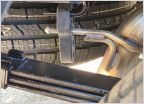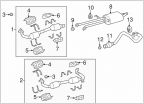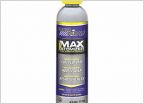-
Welcome to Tundras.com!
You are currently viewing as a guest! To get full-access, you need to register for a FREE account.
As a registered member, you’ll be able to:- Participate in all Tundra discussion topics
- Transfer over your build thread from a different forum to this one
- Communicate privately with other Tundra owners from around the world
- Post your own photos in our Members Gallery
- Access all special features of the site
Forced Induction Efficiency Random Musings..
Discussion in 'Performance and Tuning' started by blenton, Aug 10, 2023.


 Recommended OBD Scanner for 2009 Tundra
Recommended OBD Scanner for 2009 Tundra TRD dual exhaust leveling
TRD dual exhaust leveling TRD Dual Exhaust swap out
TRD Dual Exhaust swap out Thoughts on Royal Purple fuel cleaners..
Thoughts on Royal Purple fuel cleaners..













































































